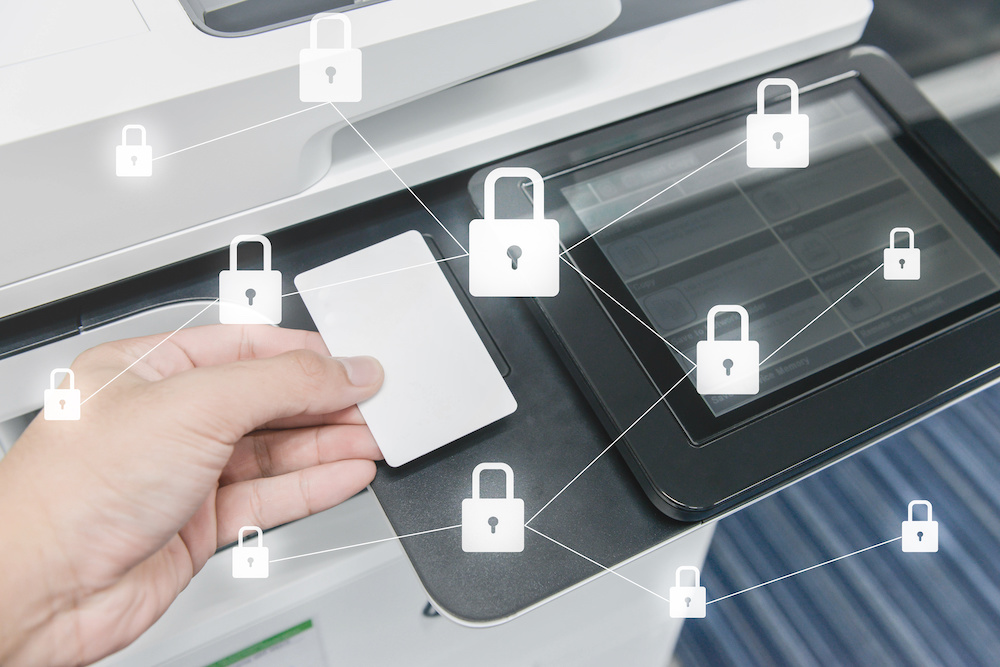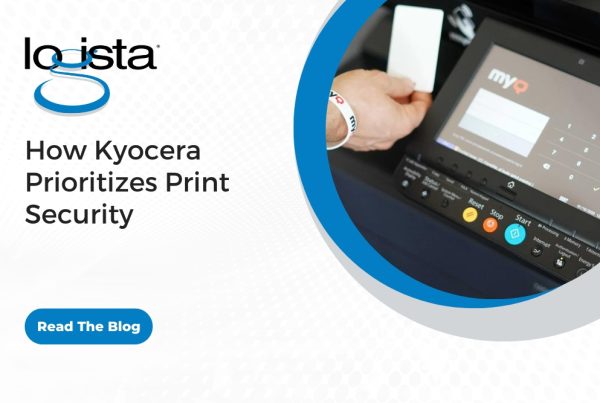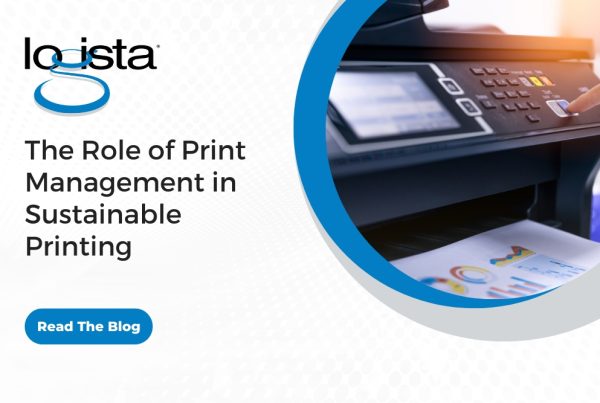Do you consider your printers and copiers when it comes to security? If not, you’re not alone. These devices often get left out of a security strategy because they aren’t typically seen as being vulnerable. The truth is hackers know that these devices are often unsecured and are easy targets for entry into your network. A Managed Print Services (MPS) provider can help! These providers are not only experts in keeping your print environment running smoothly, but they are also extremely knowledgeable about how to protect your print devices.
Read on to learn how a Managed Print Services provider can keep your printers and copiers, and ultimately your network, safe from cyber criminals.
1. Assessing Vulnerabilities: One of the first steps in securing data within a print environment is conducting a thorough assessment. An MPS provider can evaluate your current infrastructure, look for potential vulnerabilities and identify areas that need improvement. This assessment includes network auditing, printer security checks, and analyzing document workflows. By understanding your current state, an MPS provider can develop a tailored strategy for your business.
2. Implementing Access Controls: An MPS provider implements access controls to restrict unauthorized access to printers and multifunction devices. These controls include features like user authentication, allowing only authorized personnel to access printing resources. By requiring unique identification codes or other identifiers, an MPS provider ensures that only authorized users can use the devices, reducing the risk of data breaches or unauthorized document access.
3. Encryption and Secure Printing: Managed Print Services prioritize encryption techniques to safeguard data during transmission and storage. Providers use advanced encryption protocols to protect sensitive information within printed documents. Additionally, secure printing mechanisms require users to authenticate themselves at the printer before the document is released, ensuring that confidential data doesn’t sit unattended in output trays.

4. Print Policy Management: A print policy defines guidelines for document handling, specifying what can be printed, who can print, and where documents can be accessed. By using a print policy, organizations can significantly reduce the risk of unauthorized printing or document mishandling, ensuring that sensitive data remains confidential.
5. Monitoring and Auditing: Effective data security requires continuous monitoring and auditing within the print environment. An MPS provider uses specialized software to keep track of print activities, detect anomalies, and identify potential security threats. Real-time monitoring allows for prompt responses to suspicious behavior, ensuring that any data breaches are quickly addressed. Regular audits provide insights into potential vulnerabilities and allow for necessary adjustments to the security strategy.
6. Secure Document Workflow: An MPS provider can optimize document workflows by streamlining processes and implementing secure digital solutions. By digitizing paper-based workflows, businesses can reduce the risk of physical document mishandling and unauthorized access. Secure document workflow solutions enable controlled access to sensitive information at each stage, ensuring data confidentiality throughout the workflow.
Don’t let your printers be the weak link in your security! By assessing vulnerabilities, implementing access controls, using encryption, establishing print policies, and monitoring activities, an MPS provider can help your businesses reduce risks and keep your data safe. Partnering with a Managed Print Services provider will not only optimize your print infrastructure but give you peace of mind knowing that your print environment is protected.
About Logista Solutions
Logista Solutions is a nationally recognized leader in a broad range of technology management solutions. As one of the largest technology support providers in the U.S., Logista provides innovative and holistic solutions to help companies take control of their IT infrastructure and achieve better business outcomes. Popular services include Managed IT as a Service, VoIP and Unified Communications, Managed Print, Cloud Services and Asset Disposition.




